I gave AI one portrait of myself to try the new image generation features.
What did I prompt?
Baroque Painting Style, Peanuts Style, & Arcade Fighting Game Style
Manga Ink Style, Graphic Novel Style, Gouache Painting Style
It was weird. It was fun.
But more than anything—it was revealing.
Why I Did It
I love technology.
I’m not scared of it—I use it to stretch, experiment, and play.
What excited me about this new AI feature wasn’t just how accurate it was… it was how fast I could test style, mood, and tone. Like a fitting room for creativity.
What I Learned
I wasn’t handing over control.
I was speeding up discovery.
Trying on six styles in minutes showed me what resonated—and what didn’t.
That clarity is everything.
The Real Takeaways
1. Style is everywhere. Taste is rare.
AI gives everyone access to beautiful styles.
But the skill now? Choosing what to keep.
If everything looks cool, what feels true?
Austin Kleon says in Steal Like an Artist:
“Don’t just steal the style—steal the thinking behind the style.”
Exactly. It’s not about copying a look.
It’s about absorbing why it works—and remixing it into your own voice.
Your job as a photographer isn’t to follow trends.
It’s to notice patterns in what moves you—and refine from there.
2. Your style isn’t lost. It’s just unconfirmed.
Most beginners think they have no style.
Truth is, they just haven’t seen enough versions of themselves.
Try five. Hate four. Love one. Now we’re getting somewhere.
Rick Rubin says in The Creative Act:
“Style is the byproduct of authenticity.”
In other words—stop chasing it.
Start creating from what actually moves you. Style will follow.
AI helps by holding up a mirror to your instincts.
Fast. Visual. Honest.
3. Play first. Build second.
You’re not making final work with AI.
You’re making decisions.
Try a mashup: watercolors + brutalist architecture.
Manga ink + golden hour. Oil painting + fashion editorial.
Curiosity > consistency. Especially in the beginning.
Don’t Like the Results? That’s a Clue.
Dislike is direction.
It tells you what not to bring into your brand.
Clarity often starts with “nope.”
The more you experiment, the more you narrow in on what actually excites you.
That’s where taste starts to take shape.
And if nothing hits? Combine styles.
Try prompting the tool with aesthetics you already love.
Authenticity often lives at the intersections of styles.
What To Do Next
You don’t need to “find your voice.”
You need to try enough things to recognize it.
Start here:
1. Drop one of your favorite portraits into ChatGPT
2. Prompt it with 3–5 styles you already like
3. Ask yourself the right questions:
What else would I try?
Would I try creating that in real life?
Does this feel like me, or just trendy?
🎨 25 Style Prompts to Find Your Visual Voice
Want a head start? Here are 25 prompts based on the styles I tested—plus a few curveballs worth exploring.
Try these directly in ChatGPT:
“Comic strip character in the style of classic 1950s Sunday comics”
“Character select screen from a 1990s arcade fighting game”
“Black-and-white manga ink illustration with dramatic shadows”
“Graphic novel concept art for a PlayStation 3 cutscene”
“Gouache portrait with expressive brush strokes and soft tones”
“Retro fashion editorial from the 1980s with bold colors and grainy texture”
“Cinematic lighting like a film noir movie poster”
“Watercolor painting with botanical elements and soft backgrounds”
“Cell-shaded video game render inspired by early 2000s RPGs”
“Album cover illustration in the style of indie folk or lo-fi R&B”
Editorial-style portrait with bold hair, shoulder pads, and retro lighting
Moody noir poster with cinematic backlighting and trench coat drama
Hand-painted album cover style for a fictional folk-pop duo
Bold pop-inspired color blocking with repetitive portrait layout
Fantasy world concept art featuring foggy mountains and glowing skies
Layered collage using paint, paper tears, graffiti tags, and stickers
Geometric illustration using symmetry, gold, and ornamental borders
Dreamlike scene with floating furniture, open windows, and soft lighting
Pastel color story with soft character outlines and nature-inspired details
Classic oil portrait lighting with rich shadows and layered brushwork
Futuristic ID badge from a fictional society or intergalactic nation
Moody concert flyer with ripped edges, messy fonts, and punk energy
Flat vector icon character with oversized features and bold lines
Black ink sketch with gritty zine textures and edgy attitude
Playful kids’ book character with exaggerated proportions and big eyes
Don’t just test what’s trending.
Test what you’re into.
That’s where your taste lives.
Final Word
AI isn’t replacing your eye. It’s training it.
Your job is to learn what you love.
And then?
Make more of that.
-JY















